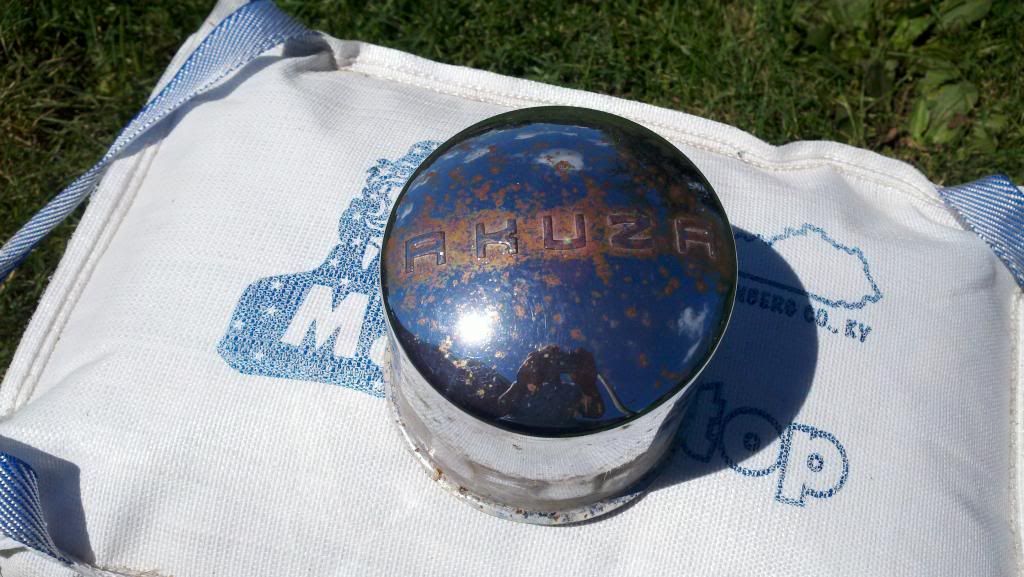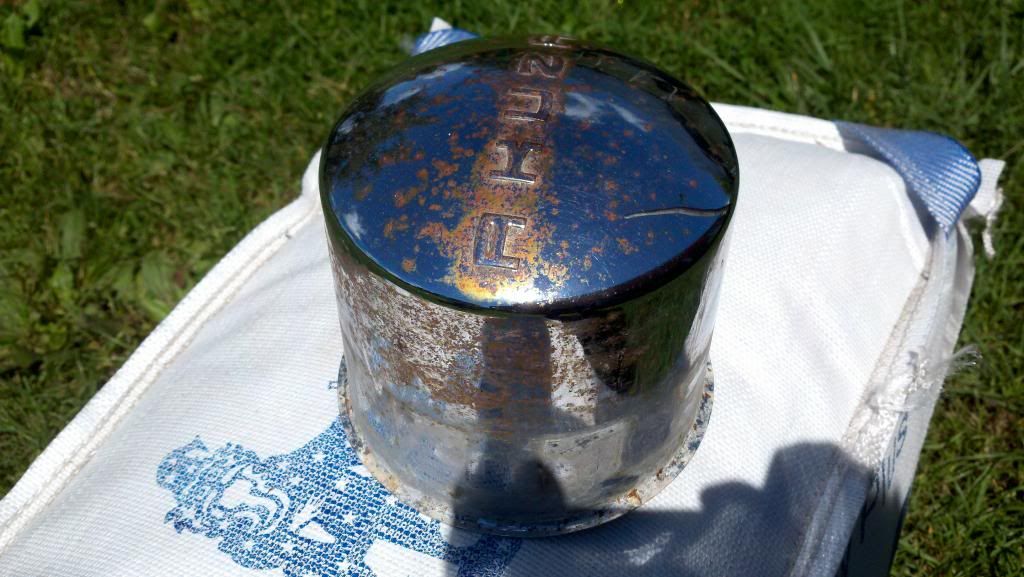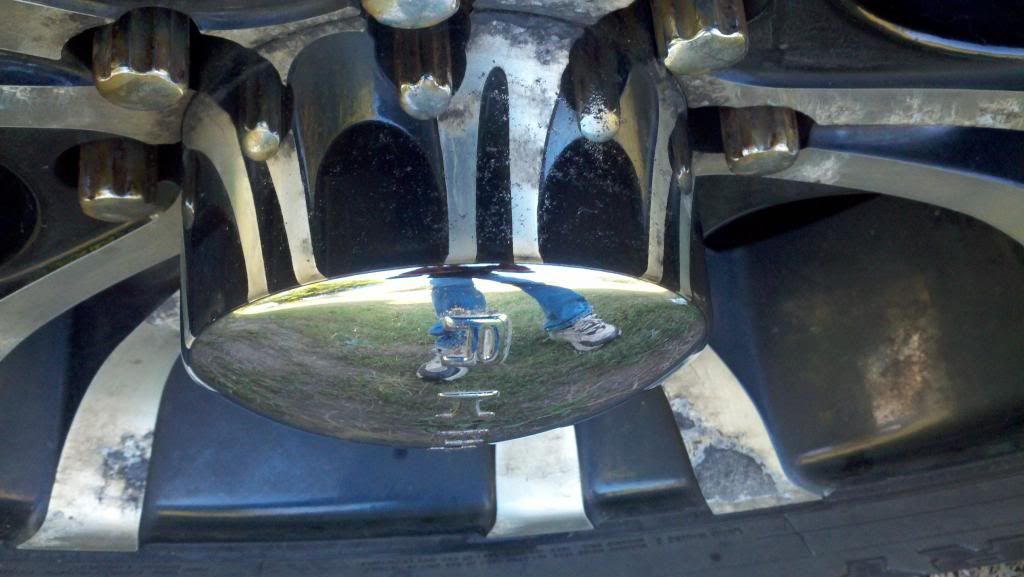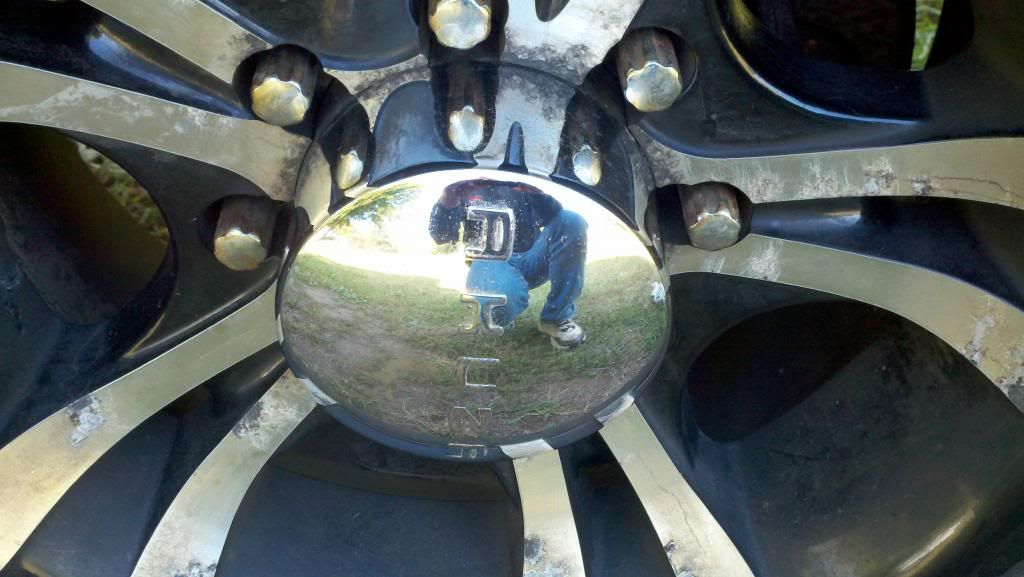terryknight
ArboristSite Operative
i'm liking this thread

First time posting a photo from my iPad. Hope it came out.
2. Tied an overnight white vinegar bath for the rust; this has worked for me on some rusty tools and on some vintage tie straps.
The vinegar dissolved some rust, but cosmetically turned most of the shiny metal black (this will wear off or can be scrubbed off of tools). Note that several of the chromed cutters are still shiny, even on the heavily rusted links.
I was able to separate the overlapped spirals of frozen chain, but not straighten anything.
wonder if a soak in a "simple Green" first to remove the heavy gunk would matter prior to the Evapo Rust. maybe keep the Evapo cleaner in the long run.




If this evapo rust works as well as you guys are saying, I'm gonna have to get some. How many gallons do I need to dunk an 88 Chevy?
EvapoRust has worked well for me on SURFACE rust. On a few chains I have had to go back and clean up deep spots with naval jelly and a stiff brush.
Have done a few more challenge chains but postings got blocked by the virus thing. And my main computer is going in for some work, so they will be delayed a bit.
But quick points:
EvapoRust has worked well for me on SURFACE rust. On a few chains I have had to go back and clean up deep spots with naval jelly and a stiff brush.
'SuperClean' has been working better for me than 'Purple Power'. They are not the same. SuperClean and some of the other 'purple' cleaners have sodium hydroxide (lye) in them, for better or worse.
Will post some more case studies soon!
Philbert
Done several more chains, but still a little nervous about doing big posts with pictures.
EvapoRust has yet to prove itself to me for more than surface rust. Tried it on a bunch of drill bits that had surface rust on their (MT#1) shanks. After a few hours soak and some rubbing with a ScotchBrite pad it mostly came off. But also came off of an un-treated bit with a ScotchBrite pad, and neither polished them like new like a ScotchBrite wheel.
Also, not getting much action out of the used solution. Tech rep on the phone said to use it until it looks black. But a second batch did not show much action after 4 hours in used solution the color of apple cider.
It is a thinner viscosity than Naval Jelly, so I am sure that it penetrates better between the links of a frozen chain.
So , . . . . . jury is still out on this stuff. If you try it, do it with open eyes (and splash goggles!).
Will start experimenting with the Oxalic Acid method soon and report back (hopefully with photos!).
Philbert
Enter your email address to join: